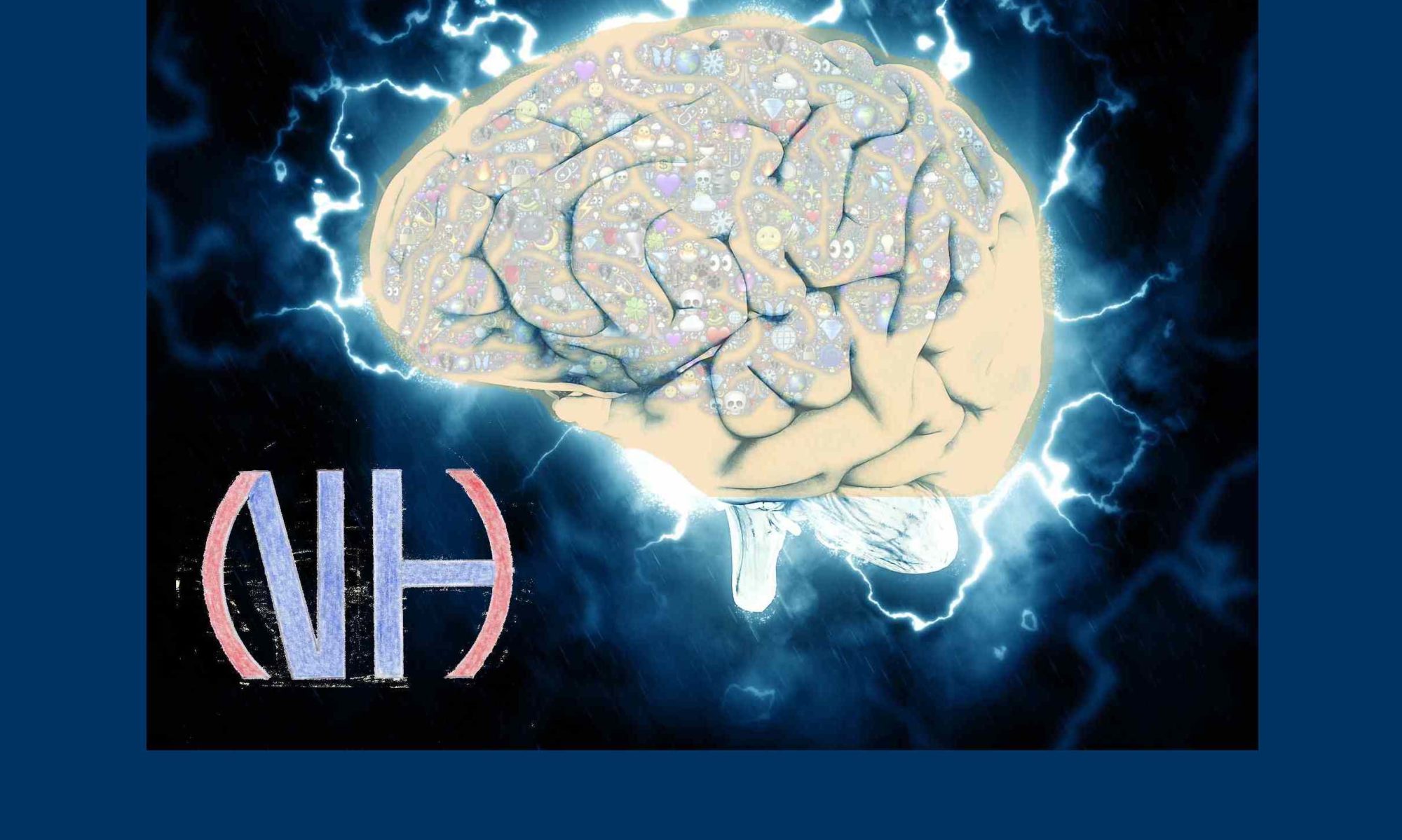
« Keep your friends close, but your enemies closer. » A wise sentence at the godfather’s time, but we shall note that Don Corleone didn’t know about smartphones… If smartphone became man best friend these few last years, it is also becoming his worst enemy … The cause? It dwells much too close to you! You use it as an intermediary in all that you make: when you communicate with other people, visit Web sites, take photos or videos … It never leaves you alone, and thus, a big part of your life passes through it. What makes it an informer of choice for whom wants to know what your life looks like.
Maybe you think that you’re not so important, that your common life couldn’t be interesting for whoever, but that’s very wrong! Advertising executives, sellers of all kinds, and even government intelligence agencies of numerous countries are interested in your private life …

That’s why we wrote this article. They noticed recently that several smartphone’s applications listened to us without knowing it. And when we say “listen to”, we do not talk about the history of your browser, but about your smartphone’s hot mic! Among them, unsurprisingly, the Google1 application… It naturally collects all your vocal requests and this is why you use it. But did you already wonder how Google knew that you had said ” OK Google “, informing the application that your next sentence would be a request? There is only one possible answer: well, Google has to permanently listen to you, to know when you are going to pronounce ” OK Google “! This is the way the firm records your phone calls, your private conversations and in a general way all the sounds that reach your smartphone’s mike. That’s hard news. But on the other hand, the application is very forced to listen your mike to function, and you know that. Then OK, recording all of this instead of erasing could be considered unfair, but not unexpected. Just you to know, Eric Schmidt, CEO of Google, had said in 2009: ” if you make something and if you want that nobody knows it, maybe you should begin by not making it. “!
Google allows you to see what was recorded on you, and even to erase these contents … At least in theory (because before being erased, the data could have been be stored in another server designed to Google’s internal use, or simply because they were hacked before being erased!). You can see your history and delete it via this link (if you are not connected to your Google account, the page will be empty):
Let’s remember here that every good IT specialist will confirm you that on the Internet, to fully erase something isn’t completely guaranteed!
In brief, all this to say: think before trusting technologies. In that case, you directly authorized Google to listen to you all day and all night long!!
However, things can be more pernicious: imagine that approximately 250 Android games2 does the same as Google! Well, then, officially, not exactly the same: the responsible code for the leak of data is thought ” to detect television programs as a background sound, and not your private conversations ” says the Alphonso company, which developed it. They say that the user is warned of the use of his smartphone’s mike: you know, during the installation of an app, the list of the demanded access rights which you never read … The New York Times specifies that if the general conditions mention an access to the microphone, they do not specify it’s use nor that this one will continue to be listened to when the application will be closed and even when you’re not using your smartphone! All of this only to play to Basketball 3D! But then again you can find the incriminated games by typing “Alphonso Automated” in the Google Play search bar. And then erase (but too late) the indiscreet applications from your smartphone.
That can be a little bit tiresome, but it becomes necessary to read the list of demanded access rights when you download an app. At least if you want to be able to chat quiet of intimate subjects. During your read, wonder about the real requirements for the smooth running of the application, and if strange authorizations are demanded, do not download the app! Once again, contrary to Google, Basketball 3D shouldn’t need to access your microphone to work on your smartphone! That makes this request suspicious …

Now is the time for a small word about Facebook, which is also interested in your smartphone. In an article from January 21st, 2018, Marianne3 gives you an example of what is nowadays possible to do and what explains sometimes certain coincidences of friends’ suggestions with people that you just met at the bar: ” it is possible to them to detect that two smartphones are in the same place at the same time. But it’s even more intrusive: by comparing the data of every available smartphones, the social network is able to determine if the people face each other or walk together. “.

And we shall end our article with the worst. There are things against whom the common sense and stubbornness (for the reading of the terms of sale) are insufficient. The Russian company of IT security Kaspersky Lab published on January 16th, 2018 a report on the malware named Skygofree4 which spread on smartphones using Android since 2014. This malware infects smartphones through Web sites imitating those of the main telephony operators. Very difficult to detect, it is able to locate the mobile and to cross its position with the listening. Skygofree could also pirate WhatsApp, listen to phone conversations, read SMS and more widely see contents of the memory of the smartphone. And also take photos and videos without acknowledging the user of that. It’s clearly spy material!
Thus in conclusion: as your smartphone watches you, watch your smartphone!
Cool stuff : Webcam Cover 0.7mm THIN – Magnet Slider – Protects your privacy
Notes
1■ Article from Sputniknews website Google vous écoute en permanence
2■ Article from New-York Times website That game on your phone may be tracking what you’re watching on TV
3■ Article from Marianne magazine : Facebook redouble de nouveautés pour vous espionner
4■ AFP article Un logiciel de surveillance cible les mobiles Android
Back on top of the article










 This is a
This is a 


